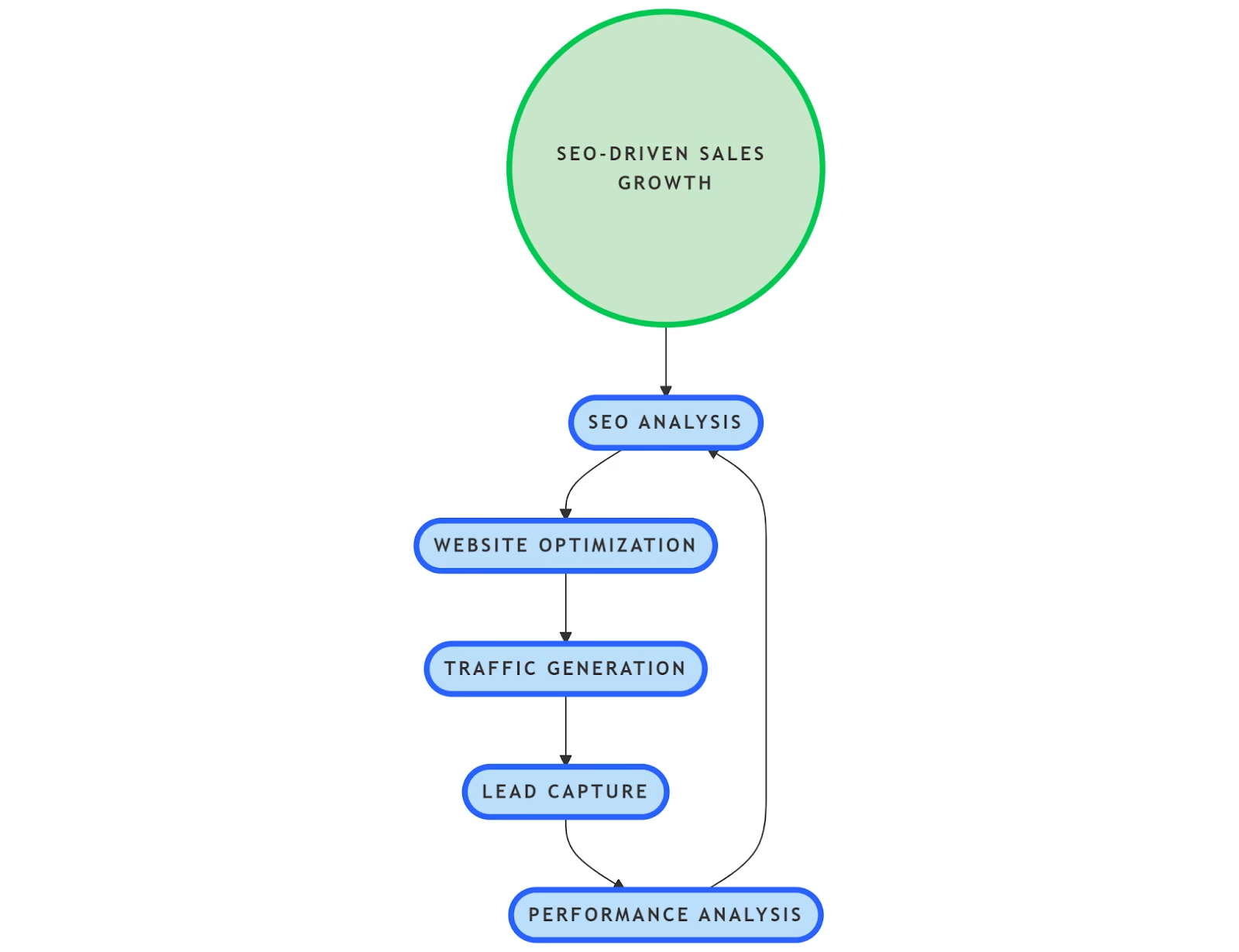In today’s competitive business landscape, sales teams need to be agile, efficient, and highly productive. One of the most effective ways to achieve this is by leveraging call automation tools. These tools streamline communication processes, minimize manual effort, and help sales representatives focus on what truly matters—closing deals.
Modern businesses rely on speed and efficiency to stay ahead of the competition. Traditional sales processes often involve time-consuming manual tasks such as dialing numbers, taking notes, and following up with leads. These inefficiencies can lead to missed opportunities and lost revenue. By implementing call automation tools, businesses can significantly improve their sales operations, ensuring that teams can connect with more prospects in less time while maintaining a personalized touch.
Moreover, call automation is not just about increasing efficiency—it also enhances data accuracy, ensures compliance, and provides actionable insights into sales performance. Companies that embrace these tools gain a competitive advantage by enabling their sales teams to operate at peak performance levels. Whether a business is looking to expand its outreach, improve customer engagement, or increase overall sales conversion rates, call automation offers a powerful solution.
Why Call Automation Matters for Sales Teams

Sales teams often spend a significant portion of their time on repetitive tasks such as dialing numbers, leaving voicemails, and logging call details. This not only consumes valuable time but also reduces the efficiency of the team. Call automation tools offer a solution by automating these tasks, allowing sales professionals to maximize their outreach and conversion rates.
Key Benefits of Call Automation Tools
1. Increased Call Volume and Efficiency
Automated dialing removes the need for manual number entry, enabling sales reps to connect with more prospects efficiently. Leveraging SEO and link-building strategies can help businesses enhance digital visibility, attract high-quality leads, optimize outreach efforts, and improve overall sales efficiency
2. Intelligent Call Routing
With intelligent call routing, calls are directed to the right salesperson based on factors like expertise, location, or previous interactions. This increases the chances of successful conversions and enhances customer experience.
3. Seamless CRM Integration
Integrating call automation with call center CRM software and customer relationship management (CRM) systems ensures that all interactions are logged automatically. Frejun is a great example of a platform that offers this integration, ensuring that sales teams have access to real-time customer insights.
4. Automated Voicemail and Follow-Ups
Leaving voicemails manually can be time-consuming. With call automation, pre-recorded voicemail messages can be sent automatically, allowing sales reps to move on to the next lead without delay.
5. Performance Tracking and Analytics
Performance tracking and analytics are essential for optimizing sales strategies. Advanced SEO and digital marketing insights enable businesses to assess online visibility, monitor engagement metrics, and refine outreach efforts. By leveraging data-driven reports, companies can enhance lead generation strategies and improve overall sales performance.
How Call Automation Tools Fit into a Sales Workflow
To better understand the role of call automation in a sales process, here’s a unique flowchart that illustrates how these tools can optimize the workflow:
Step 1: Lead Generation
Step 2: Automatic Lead Assignment
Step 3: Optimized Call Outreach
Step 4: Intelligent Call Routing
Step 5: Real-Time CRM Update
Step 6: Follow-Up Scheduling
Step 7: Performance Tracking & SEO Optimization

Best Practices for Implementing Call Automation
- Choose the Right Tool – Advanced SEO strategies, including audits, link-building, domain authority (DA) improvement, and analytics, enhance sales productivity by helping businesses attract high-quality leads and optimize conversions.
- Integrate with Your CRM – Ensure that your call automation tool seamlessly to maintain data accuracy.
- Monitor Performance Metrics – Regularly review call analytics to identify strengths and areas for improvement.
- Personalize Customer Interactions – Use automation to handle repetitive tasks but maintain a human touch where necessary.
- Train Your Sales Team – Provide adequate training to ensure smooth adoption of the technology.

The Future of Sales with Call Automation

The integration of advanced digital solutions like CNVRTool and Frejun is transforming how sales teams operate by enhancing efficiency, optimizing workflows, and improving lead management. By eliminating manual inefficiencies, businesses can increase conversion rates, enhance customer relationships, and drive revenue growth.
Additionally, advancements in AI and machine learning will continue to enhance the capabilities of call automation tools. Future iterations may include features such as sentiment analysis, voice recognition, and even predictive recommendations for sales strategies.
For organizations looking to optimize their sales operations, leveraging call automation is no longer a luxury but a necessity. By adopting the right tools and best practices, sales teams can unlock new levels of efficiency and productivity.
Discover how CNVRTool can boost your online visibility, improve lead generation, and optimize your digital presence for better sales outcomes!

